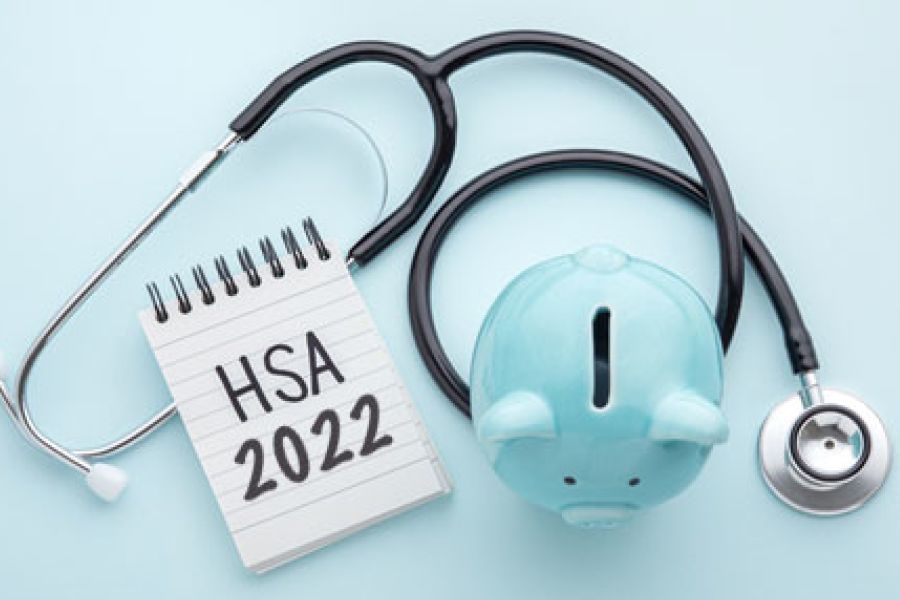If you’re a business owner and you hire your children this summer, you can obtain tax breaks and other non-tax benefits. The kids can gain on-the-job experience, spend time with you, save for college and learn how to manage money. And you may be able to: Shift your high-taxed income into tax-free or low-taxed income, Realize payroll tax savings (depending on the child’s age and how your business is organized), and Enable retirement plan contributions for the children. A legitimate job If you hire your child, you get a business tax deduction for employee wage expenses. In turn, the deduction reduces your federal income tax bill, your self-employment tax bill (if applicable), and your state income tax bill (if applicable). However, in order for your business to...

The Employee Retention Tax Credit (ERTC) is a valuable tax break that was extended and modified by the American Rescue Plan Act (ARPA), enacted in March of 2021. Here’s a rundown of the rules for businesses that have considered revisiting the Employee Retention Tax Credit. Background Back in March of 2020, Congress originally enacted the ERTC in the CARES Act to encourage employers to hire and retain employees during the pandemic. At that time, the ERTC applied to wages paid after March 12, 2020, and before January 1, 2021. However, Congress later modified and extended the ERTC to apply to wages paid before July 1, 2021. The ARPA again extended and modified the ERTC to apply to wages paid after June 30, 2021, and before January 1, 2022. Thus, an eligible employer can...
The IRS recently released guidance providing the 2022 inflation-adjusted amounts for Health Savings Accounts (HSAs). Fundamentals of HSAs An HSA is a trust created or organized exclusively for the purpose of paying the “qualified medical expenses” of an “account beneficiary.” An HSA can only be established for the benefit of an “eligible individual” who is covered under a “high deductible health plan.” In addition, a participant can’t be enrolled in Medicare or have other health coverage (exceptions include dental, vision, long-term care, accident and specific disease insurance). A high deductible health plan (HDHP) is generally a plan with an annual deductible that isn’t less than $1,000 for self-only coverage and $2,000 for family coverage. In addition, the sum of the annual deductible and other annual out-of-pocket expenses required...
If your business is organized as a sole proprietorship or as a wholly owned limited liability company (LLC), you’re subject to both income tax and self-employment tax. There may be a way to cut your tax bill by conducting business as an S corporation. Fundamentals of self-employment tax The self-employment tax is imposed on 92.35% of self-employment income at a 12.4% rate for Social Security up to a certain maximum ($142,800 for 2021) and at a 2.9% rate for Medicare. No maximum tax limit applies to the Medicare tax. An additional 0.9% Medicare tax is imposed on income exceeding $250,000 for married couples ($125,000 for married persons filing separately) and $200,000 in all other cases. What if you conduct your business as a partnership in which you’re a...
The Internal Revenue Service recently reminded businesses (in News Release 2021-47) of their responsibility to report large cash transactions via the filing of Form 8300, Report of Cash Payments Over $10,000, and encourages e-filing to help them file accurate, complete forms. Although many cash transactions are legitimate, information reported on Form 8300 can help stop those who evade taxes, profit from drug trading, engage in terrorist financing and conduct other criminal activities. The government can often trace money from these illegal activities through payments reported on complete, accurate forms. To help businesses prepare and file reports, the IRS created a video on How to Complete Form 8300 – Part I, Part II. The short video points out sections of Form 8300 for which the IRS commonly finds...
Providing education assistance to employees is done by many businesses as a fringe benefits so their employees can improve their skills and gain additional knowledge. An employee can receive, on a tax-free basis, up to $5,250 each year from his or her employer for educational assistance under a “qualified educational assistance program.” For this purpose, “education” means any form of instruction or training that improves or develops an individual’s capabilities. It doesn’t matter if it’s job-related or part of a degree program. This includes employer-provided education assistance for graduate-level courses, including those normally taken by an individual pursuing a program leading to a business, medical, law or other advanced academic or professional degree. Additional requirements Providing education assistance to employees must be provided under a separate written plan...
Many businesses use independent contractors to help keep their costs down. If you’re among them, make sure that these workers are properly classified for federal tax purposes. If the IRS reclassifies them as employees, it can be a costly error. It can be complex to determine whether a worker is an independent contractor or an employee for federal income and employment tax purposes. If a worker is an employee, your company must withhold federal income and payroll taxes, pay the employer’s share of FICA taxes on the wages, plus FUTA tax. A business may also provide the worker with fringe benefits if it makes them available to other employees. In addition, there may be state tax obligations. On the other hand, if a worker is an independent...
Are you wondering whether alternative energy technologies can help you manage energy costs in your business? If so, there’s a valuable federal income tax benefit (the business energy credit) that applies to the acquisition of many types of alternative energy property. The credit is intended primarily for business users of alternative energy (other energy tax breaks apply if you use alternative energy in your home or produce energy for sale). Eligible property The business energy credit equals 30% of the basis of the following: Equipment, the construction of which begins before 2024, that uses solar energy to generate electricity for heating and cooling structures, for hot water, or heat used in industrial or commercial processes (except for swimming pools). If construction began in 2020, the credit rate is...
Are you thinking about setting up a retirement plan for yourself and your employees, but you’re worried about the financial commitment and administrative burdens involved in providing a traditional pension plan? Two simple retirement savings options to consider are a “simplified employee pension” (SEP) or a “savings incentive match plan for employees” (SIMPLE). SEPs are intended as an alternative to “qualified” retirement plans, particularly for small businesses. The relative ease of administration and the discretion that you, as the employer, are permitted in deciding whether or not to make annual contributions, are features that are appealing. Uncomplicated paperwork If you don’t already have a qualified retirement plan, you can set up a SEP simply by using the IRS model SEP, Form 5305-SEP. By adopting and implementing this model...
In 2019, AB 5 was signed into law with an effective date of 1/1/2020. Under AB 5, most workers are presumed to be employees for purposes of the Labor Code, the Unemployment Insurance Code, and for most wage orders of the Industrial Welfare Commission unless a hiring entity satisfies a three-factor test, referred to as the ABC test. This means that many workers previously classified as independent contractors are now employees under California law and you must withhold California income and payroll taxes, and meet California’s minimum wage and overtime requirements. The ABC test Under the ABC test, all three of these conditions must be met in order to treat the worker as an independent contractor: The worker is free from the control and direction of the...











